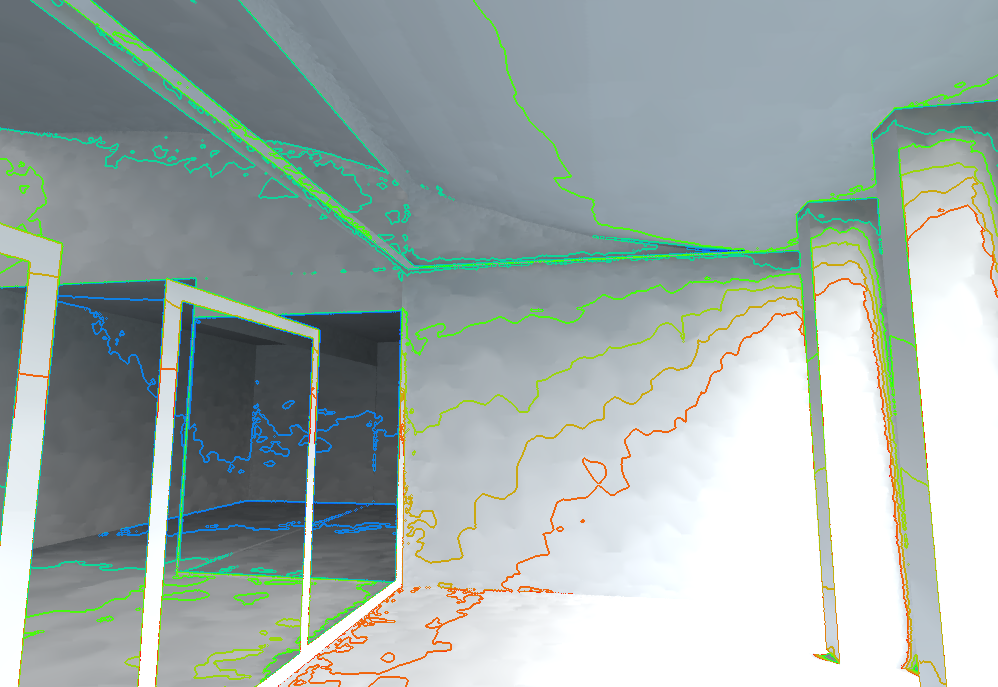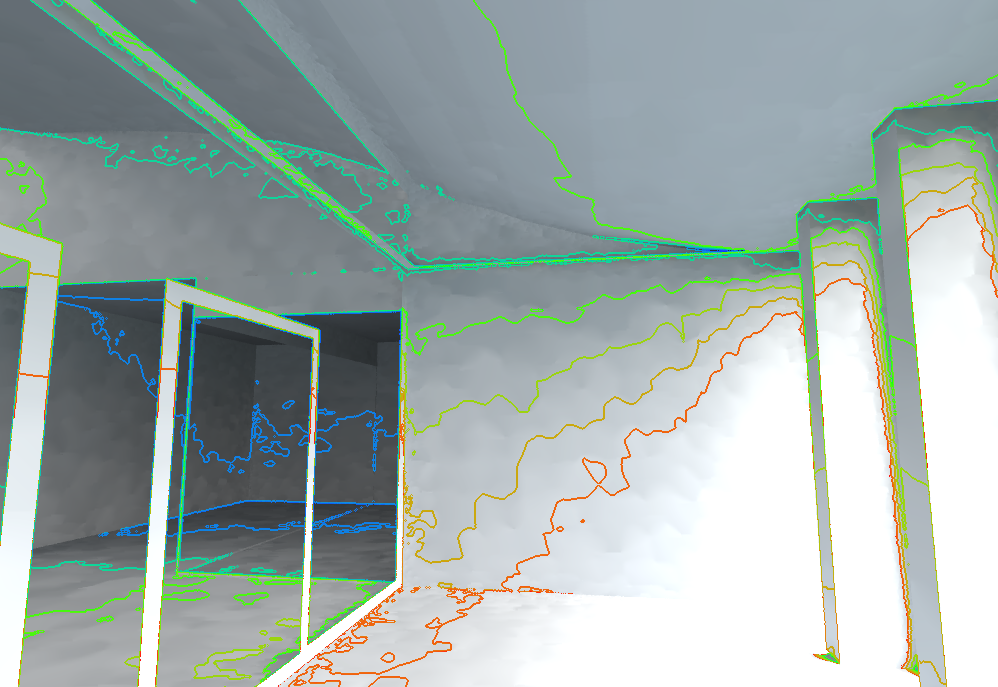Daylight modelling, also known as daylight simulation or analysis, involves the use of advanced software to predict the distribution of sunlight throughout a building or urban setting. By considering factors such as geographical location, building orientation, window placement, and surrounding structures, designers can accurately assess how natural light will interact with interior spaces throughout the day and across different seasons.
One of the primary goals of daylight modelling is to minimize the reliance on artificial lighting during daylight hours. By harnessing the abundant and free resource of sunlight, buildings can significantly reduce energy consumption and associated costs while simultaneously reducing carbon emissions. Moreover, ample daylight has been linked to numerous health benefits, including improved mood, productivity, and circadian rhythm regulation.
The process of daylight modelling typically begins during the early stages of architectural design. Designers input relevant parameters into specialized software, which then generates detailed simulations of daylight levels within the proposed building or urban area. These simulations can help inform decisions regarding building orientation, facade design, window size and placement, as well as the use of shading devices such as louvers or awnings.
One of the key advantages of daylight modelling is its ability to optimize daylighting strategies for specific project goals. For example, in commercial buildings where occupant comfort and productivity are paramount, designers may prioritize maximizing daylight penetration while minimizing glare and excessive solar heat gain. On the other hand, in museums or art galleries, where sensitive artifacts require protection from ultraviolet (UV) radiation, daylight modelling can help determine optimal lighting levels while mitigating potential damage.
Moreover, daylight modelling can also play a crucial role in achieving sustainability certifications such as LEED (Leadership in Energy and Environmental Design) or BREEAM (Building Research Establishment Environmental Assessment Method). By demonstrating compliance with stringent daylighting criteria, projects can earn credits towards certification, signaling their commitment to environmental responsibility and occupant well-being.
In addition to its practical applications, daylight modelling has also emerged as a valuable tool for architectural research and education. By studying the intricate interplay between sunlight, architecture, and human perception, Basix Consultant researchers can gain deeper insights into the fundamental principles of daylighting design. Furthermore, incorporating daylight modelling into architectural curricula allows students to develop essential skills in sustainable design practices, preparing them to address the complex challenges of the built environment.
As technology continues to advance, the capabilities of daylight modelling are poised to expand even further. With the integration of real-time data feeds, such as weather forecasts and sensor measurements, designers can create dynamic simulations that respond to changing environmental conditions in real-time. Additionally, advancements in virtual reality (VR) and augmented reality (AR) technology hold the promise of immersive daylighting experiences, allowing stakeholders to visualize and interact with daylighting designs in unprecedented ways.






Comments